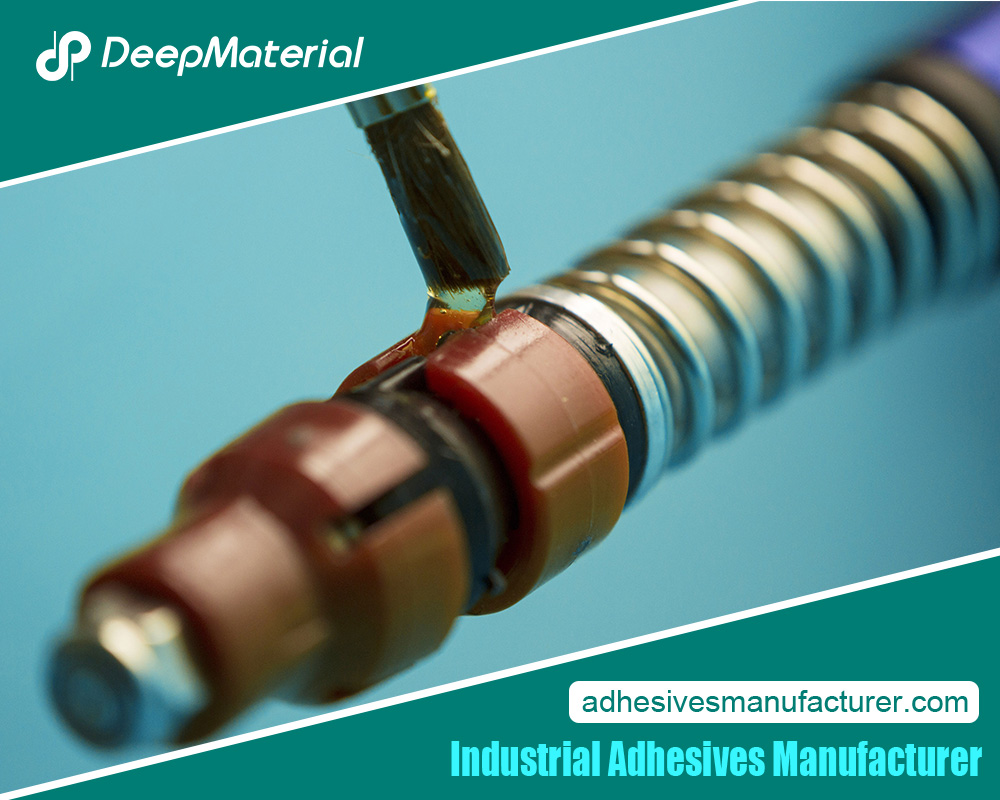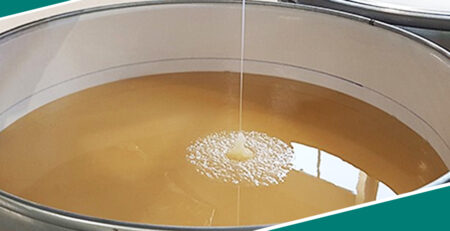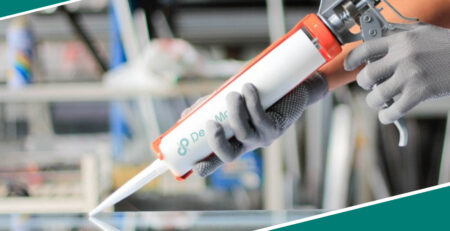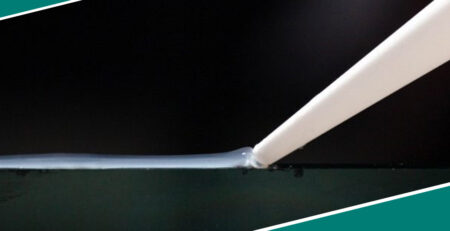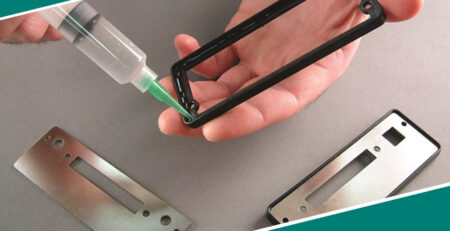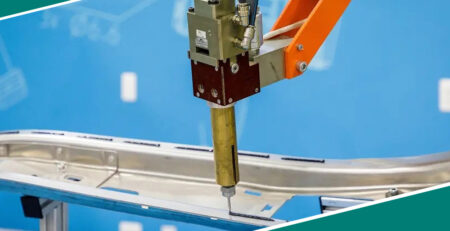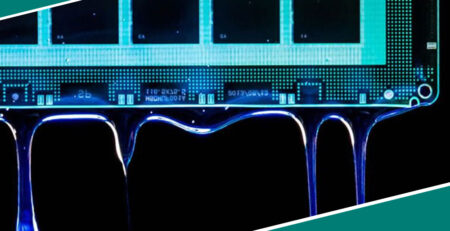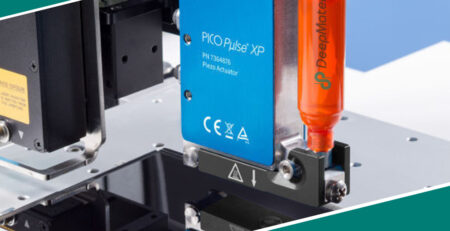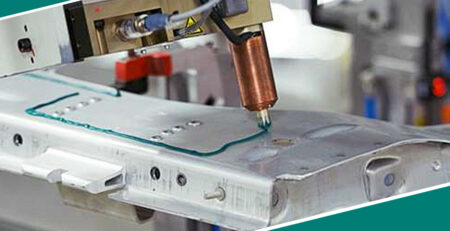Silicone Potting Compound for Electronics: A Comprehensive Guide
Silicone Potting Compound for Electronics: A Comprehensive Guide
Electronics are fundamental to modern life, powering everything from household appliances to sophisticated communication devices. To ensure the longevity and reliability of electronic components, manufacturers must protect them from environmental factors such as moisture, dust, and vibration. One of the most effective ways to achieve this is through potting compounds. Due to their exceptional properties, silicone potting compounds stand out among various potting materials. This article explores the role of silicone potting compounds in electronics, detailing their benefits, types, applications, and critical considerations for use.
What is a Potting Compound?
A potting compound is a material used to encapsulate electronic components to protect them against physical damage and environmental factors. Potting involves filling an electronic assembly with a liquid compound that hardens over time to form a protective barrier. This process enhances the device’s mechanical strength while insulating sensitive components from external stressors.
The most common types of potting compounds include epoxy, polyurethane, and silicone. Each material offers different properties and advantages, with silicone potting compounds being the preferred choice in many electronic applications due to their flexibility, thermal stability, and chemical resistance.
Understanding Silicone Potting Compounds
Silicone potting compounds are made from silicone-based polymers that exhibit excellent flexibility and durability over a wide temperature range. Silicone compounds can be customised to meet specific performance needs, including thermal management, electrical insulation, and environmental protection. Unlike other potting materials, silicone remains flexible even after curing, making it suitable for applications where components may experience thermal expansion or mechanical stress.
Critical Characteristics of Silicone Potting Compounds:
- Flexibility: Silicone compounds maintain their elasticity after curing, allowing them to absorb mechanical shock and vibration.
- Thermal Stability: These compounds can withstand extreme temperatures, ranging from -60°C to over 200°C, making them ideal for applications in harsh environments.
- Electrical Insulation: Silicone potting compounds offer excellent dielectric properties, ensuring electrical components remain insulated and interference-free.
- Moisture Resistance: Silicone compounds are highly resistant to moisture, preventing corrosion and short-circuiting in electronic assemblies.
- Chemical Resistance: They resist many chemicals, including solvents, acids, and bases, further protecting components from potential damage.
- UV Resistance: Silicone compounds are resistant to ultraviolet (UV) radiation, making them suitable for outdoor applications where exposure to sunlight is a concern.
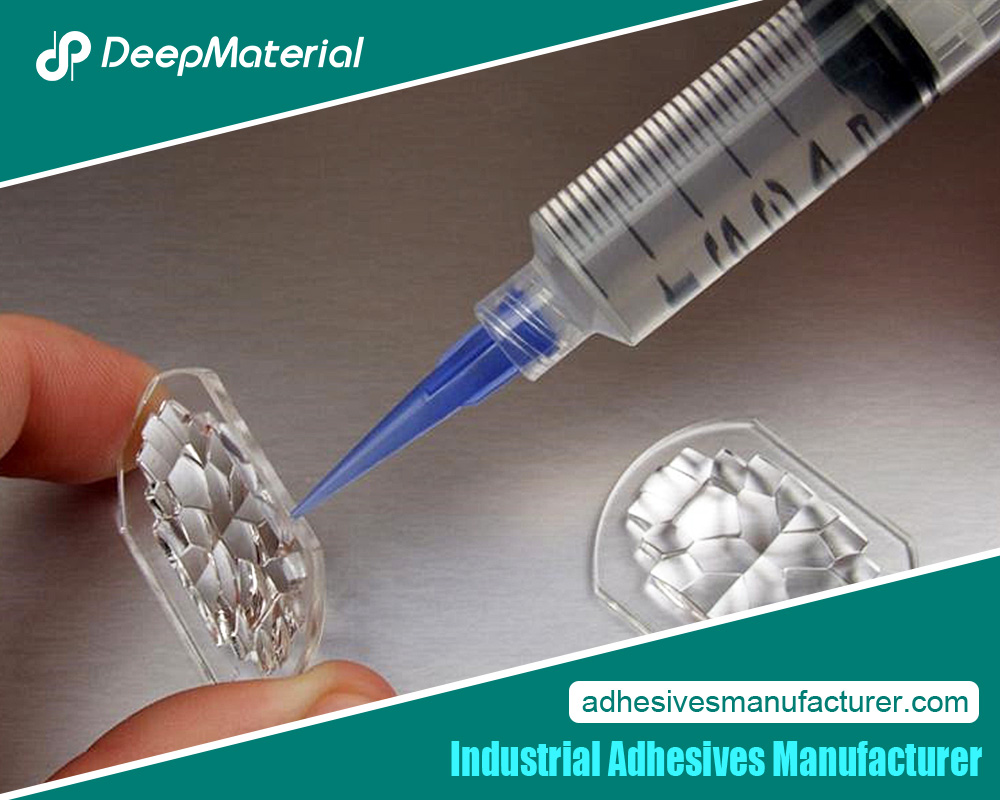 Benefits of Using Silicone Potting Compounds in Electronics
Benefits of Using Silicone Potting Compounds in Electronics
Silicone potting compounds are widely used in electronics due to their unique advantages. Below are some of the key benefits of using silicone potting compounds in electronic applications:
Excellent Thermal Management
One of the primary benefits of silicone potting compounds is their ability to manage heat effectively. Electronics generate heat during operation, and if not handled properly, this can lead to overheating and component failure. Silicone compounds can be formulated with thermally conductive fillers to dissipate heat away from sensitive components, ensuring that devices operate within safe temperature ranges.
Protection from Environmental Stressors
Silicone potting compounds provide a robust shield against environmental stressors like moisture, dust, and chemicals. This protection is critical in automotive, aerospace, and marine industries, where electronics are exposed to harsh conditions. Silicone compounds’ moisture resistance prevents corrosion, while their chemical resistance ensures that components are protected from harmful substances.
Enhanced Durability and Longevity
Electronics can be subject to mechanical stress, including vibrations, impacts, and thermal expansion. Silicone’s flexible nature allows it to absorb these forces without cracking or degrading. This flexibility helps extend electronic assemblies’ lifespan, even in demanding environments.
Electrical Insulation and Safety
Silicone potting compounds offer excellent electrical insulation properties, protecting electrical components from short circuits and interference. This is crucial in applications where high-voltage components are nearby or where the potential for electrical leakage exists.
Customization and Versatility
Silicone potting compounds can be tailored to meet specific performance requirements. For example, manufacturers can adjust the compound’s curing time, hardness, and thermal conductivity to suit the application’s needs. This versatility makes silicone potting compounds suitable for various electronic devices, from consumer electronics to industrial equipment.
Applications of Silicone Potting Compounds in Electronics
Silicone potting compounds are used in various electronic applications across multiple industries. Their ability to protect sensitive components and manage thermal and electrical properties makes them essential in modern electronics manufacturing.
Automotive Electronics
Electronic components in the automotive industry are exposed to extreme temperatures, vibrations, and moisture. Silicone potting compounds protect control units, sensors, and lighting systems from these harsh conditions. Silicone’s flexibility and thermal stability make it ideal for automotive applications, where components must withstand frequent temperature fluctuations and mechanical stress.
Aerospace and Defense Electronics
Aerospace and defence electronics are often exposed to extreme environmental conditions, including high altitudes, temperature extremes, and chemicals. Silicone potting compounds protect avionics, communication systems, and navigation equipment from these conditions. Their ability to remain stable at high altitudes and under intense thermal stress makes them a preferred choice for aerospace applications.
Industrial and Consumer Electronics
Electronics are exposed to dust, moisture, and chemicals in industrial settings, which can compromise their performance. Silicone potting compounds protect motor drives, power supplies, and control panels from these environmental factors. Additionally, consumer electronics such as smartphones, tablets, and wearable devices use silicone potting compounds to enhance durability and protect components from water and dust ingress.
LED and Lighting Systems
LED lighting systems generate heat during operation, affecting performance and longevity. Silicone potting compounds with thermally conductive properties encapsulate LED drivers and other components, ensuring heat dissipation. The silicone compounds’ UV resistance also makes them suitable for outdoor lighting applications, where exposure to sunlight is a concern.
Marine Electronics
Marine environments are particularly challenging for electronic devices due to the presence of saltwater, which can cause corrosion and short-circuiting. Silicone potting compounds protect navigation systems, communication devices, and underwater sensors from moisture and corrosion. Their water-resistant properties make them an ideal choice for marine electronics.
Types of Silicone Potting Compounds
Silicone potting compounds come in various formulations, offering different properties and benefits. Understanding the different types of silicone compounds is essential for selecting the suitable material for a specific application.
Two-Part Silicone Potting Compounds
Two-part silicone potting compounds comprise a resin and a curing agent mixed before application. Once mixed, the compound begins to cure, forming a protective barrier around the electronic components. Two-part systems offer greater flexibility in curing time and viscosity, making them suitable for complex applications.
Thermally Conductive Silicone Potting Compounds
Thermally conductive silicone compounds are formulated with fillers that enhance their ability to dissipate heat. These compounds, such as LED drivers and power electronics, are used in applications where heat management is critical. Thermally conductive silicone potting compounds ensure heat is efficiently transferred away from components, preventing overheating and extending the device’s lifespan.
UV-Resistant Silicone Potting Compounds
UV-resistant silicone compounds are designed for outdoor applications where exposure to sunlight is a concern. These compounds are resistant to degradation caused by UV radiation, ensuring that they maintain their protective properties even after prolonged exposure to sunlight. UV-resistant silicone potting compounds are commonly used in solar power systems, outdoor lighting, and other applications that require long-term exposure to the elements.
Critical Considerations for Using Silicone Potting Compounds
When selecting a silicone potting compound for electronics, several factors should be considered to ensure optimal performance:
- Thermal Management: For applications that generate significant heat, selecting a thermally conductive silicone compound is crucial to prevent overheating.
- Curing Time: Depending on the application, the curing time of the silicone compound may be an essential factor. Some compounds offer fast curing times, while others may require extended periods to cure fully.
- Viscosity: The viscosity of the silicone compound determines how easily it can flow around components. A low-viscosity compound may be preferable for complex assemblies to ensure complete encapsulation.
- Hardness: Silicone compounds can be formulated to cure varying degrees of hardness. A softer compound may be ideal for applications requiring flexibility, while more rigid compounds may be suitable for applications requiring greater mechanical strength.
- Environmental Conditions: Consider the environmental conditions the electronic assembly will be exposed to, such as temperature extremes, moisture, and UV radiation, when selecting a silicone potting compound.
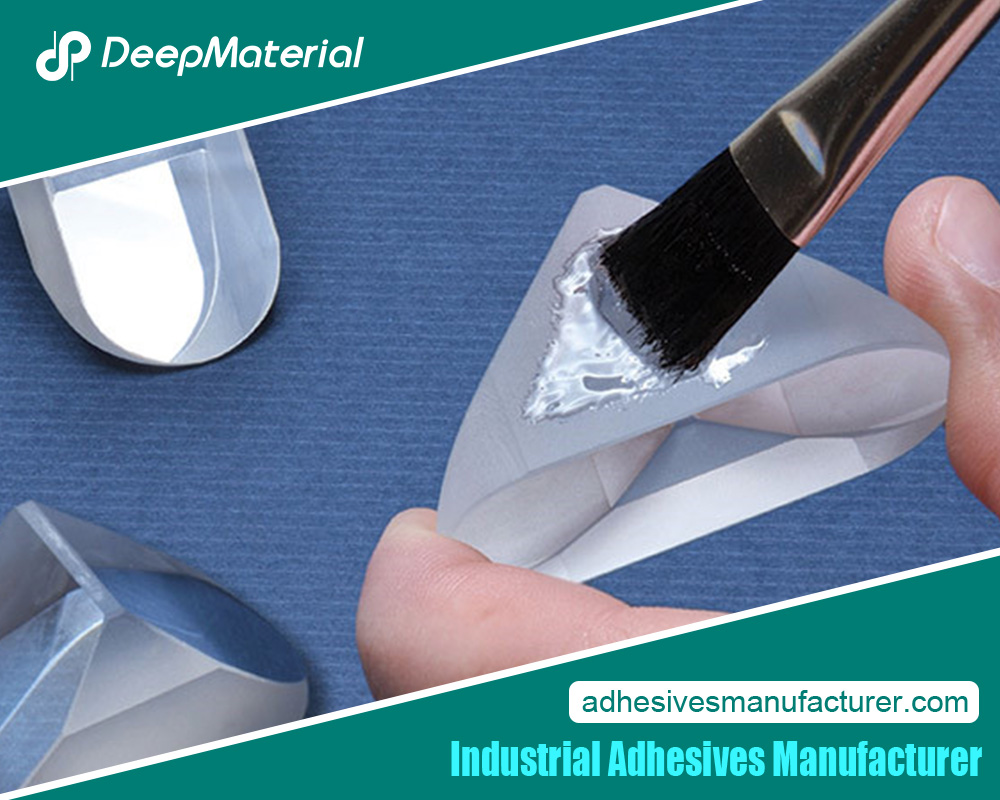 Conclusion
Conclusion
Silicone potting compounds are essential for protecting electronic components in various industries. Their flexibility, thermal stability, electrical insulation, and resistance to environmental stressors make them an ideal choice for demanding applications. Whether in automotive electronics, aerospace systems, or consumer devices, silicone potting compounds provide the protection and durability needed to ensure the longevity and reliability of modern electronics.
For more about a complete guide to silicone potting compound for electronics: a comprehensive guide, you can pay a visit to Deepmaterial at https://www.adhesivesmanufacturer.com/ for more info.

